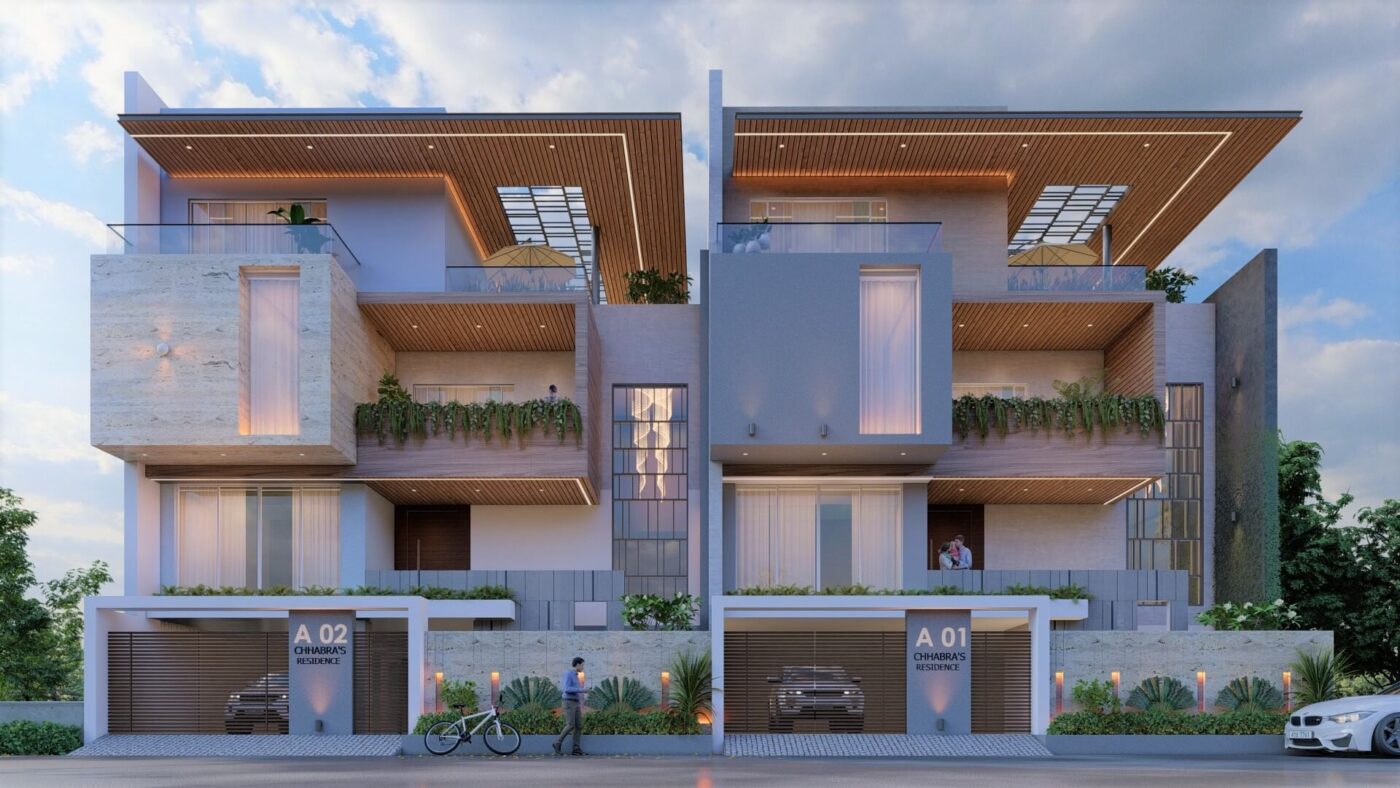
The Ultimate Guide to Modern Interior Design
Blending Aesthetics, Functionality, and Personality for a Harmonious Home
In today’s fast-paced world, our homes have become more. Then, just a place to live. They are our sanctuaries, our offices, and our personal retreats. The art of modern interior design lies in the masterful fusion of aesthetics and functionality. Creating spaces that are not only beautiful to behold but also highly practical for everyday life.
This comprehensive guide will explore the core principles of contemporary design, from key trends. Like minimalism and sustainability to the psychology of color and the art of choosing the perfect furniture. Discover how to transform your living space into a harmonious one. A visually pleasing and highly functional environment that truly reflects your personality.
The Core Philosophy: Where Form Meets Function
At its heart, modern interior design champions the idea. That a home should be as efficient as it is elegant. This philosophy moves beyond mere decoration. Focusing instead on creating a cohesive environment that supports and enhances your lifestyle. Every element, from the layout of a room to the texture of a throw pillow, is chosen with purpose.
The goal is to design a space that works for you. Streamlining daily routines and fostering a sense of calm and order. Gone are the days of stuffy, formal rooms reserved only for guests. Contemporary living spaces are designed to be lived in.
This means selecting a durable, comfortable sofa that invites relaxation. Designing a kitchen that makes cooking a joy rather than a chore, and creating a bedroom. That serves as a true sanctuary for rest. It’s a thoughtful approach where the beauty of an object and its practical application are given equal weight. Resulting in a home that is both a work of art and a perfect machine for living.
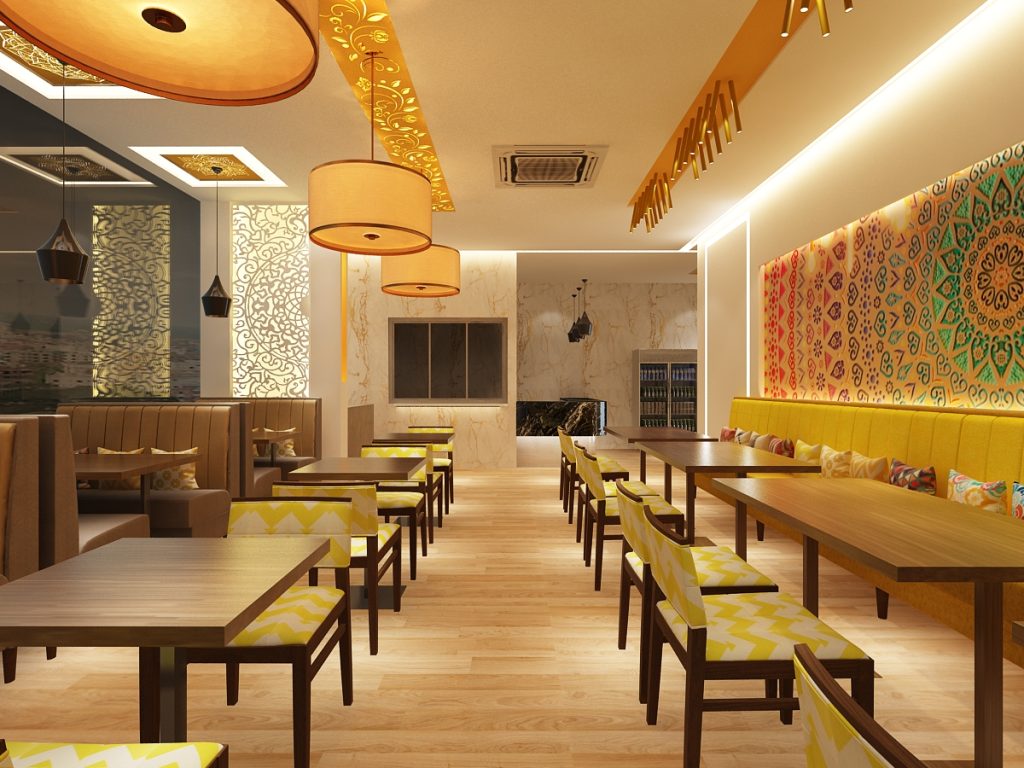
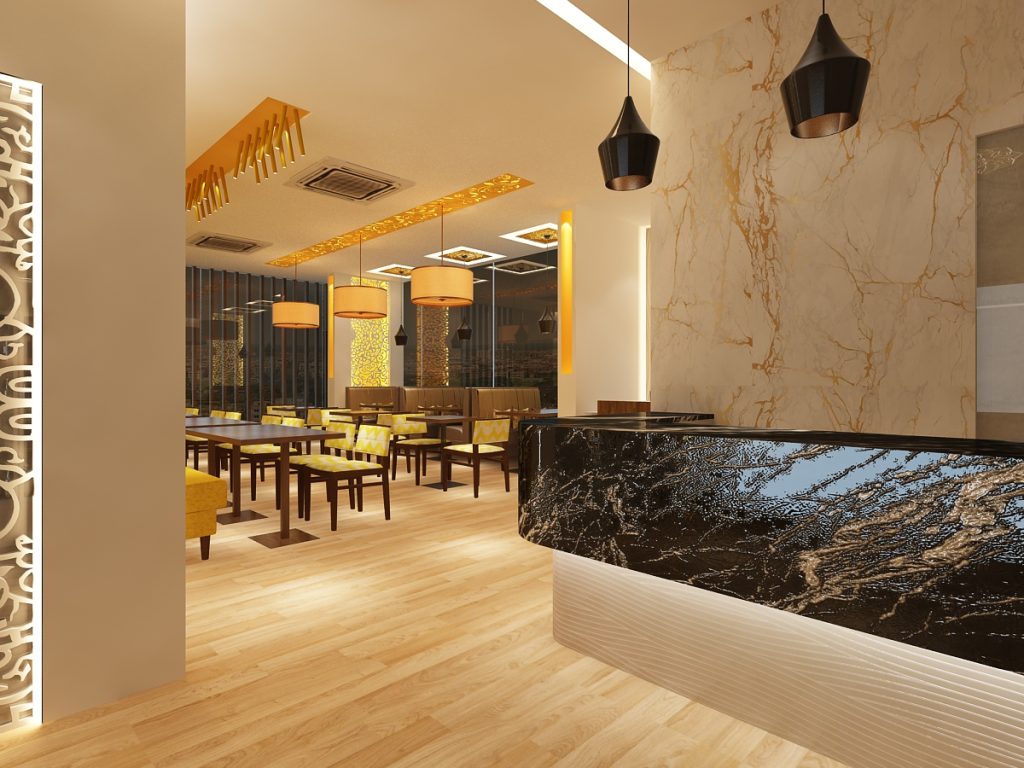
Key Interior Design Trends Shaping the Modern Home
The world of home décor is ever-evolving, reflecting broader shifts in our culture, technology, and values. Staying aware of these trends can provide inspiration and help you create a space that feels fresh and relevant.
1. Embracing Minimalism and Simplicity
The “less is more” philosophy of minimalism continues to be a dominant force in interior design. Characterized by uncluttered spaces, clean lines, and a neutral color palette (think shades of white, grey, and beige), minimalism creates a serene and orderly atmosphere. It’s about focusing on essential, high-quality pieces and eliminating unnecessary clutter.
Brands like Muji have perfected this aesthetic. Offering products that are celebrated for their understated elegance and supreme functionality. This approach not only enhances the visual appeal of a space but can also have a calming effect on the mind.
2. The Rise of Smart Home Integration
Technology is no longer an afterthought in design; it’s seamlessly woven into the fabric of our homes. Smart home integration has revolutionized how we interact with our living spaces. offering unprecedented convenience, comfort, and efficiency. Automated systems from industry leaders like Crestron and Savant allow you to control lighting.
Climate, security, and entertainment with the touch of a button. This isn’t about filling your home with gadgets. But about using technology to create a responsive and intuitive environment that simplifies your life.
3. Sustainable and Biophilic Design
A growing awareness of environmental issues has led to a surge in demand for sustainable and biophilic design. This trend involves using eco-friendly materials like reclaimed wood, bamboo, recycled metal, and low-VOC paints. Biophilic design takes it a step further by intentionally connecting our indoor spaces with nature.
This can be achieved by incorporating indoor plants, living walls, natural materials, and maximizing natural light. Companies such as Herman Miller are pioneers in this area, prioritizing sustainability in their manufacturing processes and proving. That beautiful design can also be responsible.
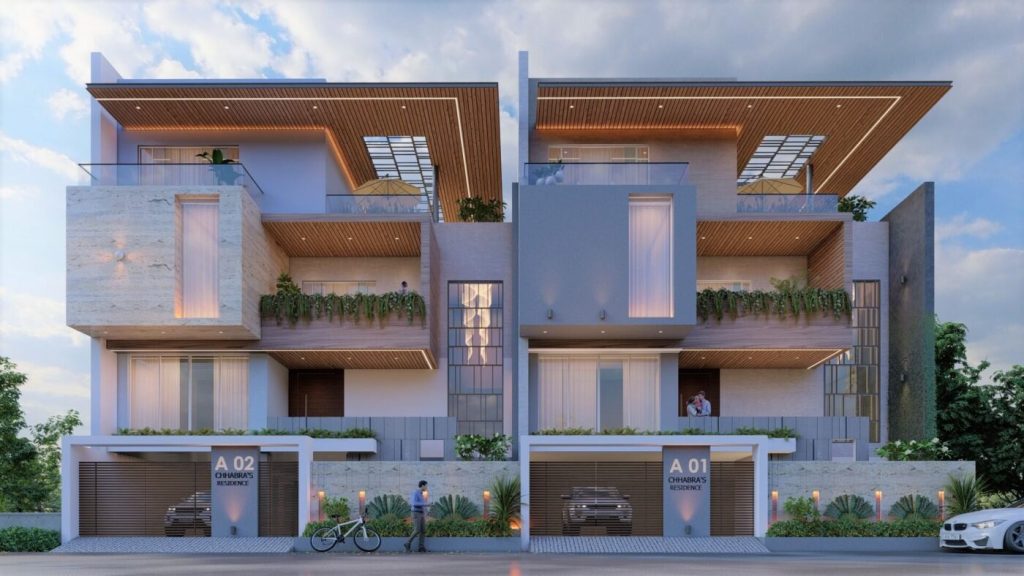
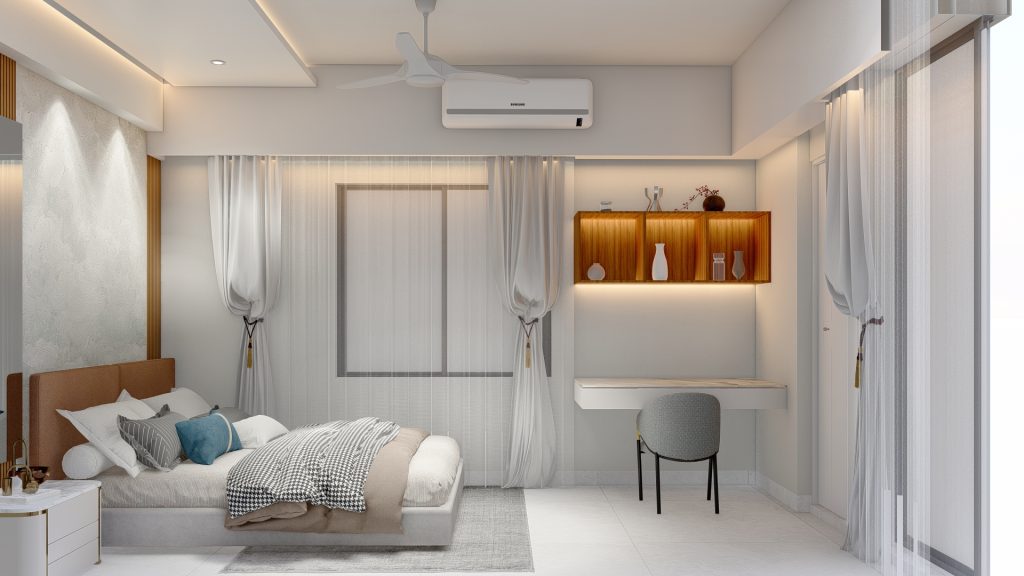
A Room-by-Room Guide to a Harmonious Home
Creating a cohesive feel throughout your home requires a tailored approach for each room. Here are practical tips for designing the key spaces in your house.
The Living Room: The Multifunctional Heart of the Home
The living room serves many purposes—it’s a place for relaxation, socializing, and entertainment.
- Flexible Seating: Opt for modular sofas or a mix of seating options that can be easily rearranged.
- Smart Storage: Choose furniture with built-in storage, like coffee tables with drawers or ottomans with hidden compartments, to keep clutter under control.
- Layered Lighting: Combine ambient (overhead fixtures), task (reading lamps), and accent (spotlights) lighting to create different moods.
- Define the Space: Use a large area rug to anchor the furniture and add warmth, texture, and color.
The Bedroom: Your Personal Sanctuary for Rest
The primary goal of bedroom design is to create a peaceful environment conducive to restful sleep.
- Soothing Colors: Use a calming color palette of soft blues, gentle greens, warm greys, or other muted tones.
- Prioritize Comfort: Invest in a high-quality mattress and luxurious bedding.
- Control Light: Install blackout curtains or blinds to block out external light for an uninterrupted night’s sleep.
- Minimize Clutter: Keep surfaces clear and ensure there is adequate storage to maintain a serene, uncluttered atmosphere.
The Kitchen and Dining Area: The Hub of Activity
The modern kitchen is often integrated with the dining area, making it a central spot for family gatherings.
- Efficient Layout: Focus on the “work triangle”—the arrangement of the sink, refrigerator, and stove—to ensure a logical and efficient workflow.
- Durable Materials: Select countertops and flooring made from durable, easy-to-clean materials like quartz, granite, or porcelain.
- Ample Storage: Plan for plenty of cabinet and pantry space to keep your kitchen organized.
- Focal Point: A statement pendant light over the dining table can create a beautiful focal point and define the dining space.
The Psychology of Colors and Lighting in Design
Color and light are two of the most powerful tools in an interior designer’s toolkit. They have a profound psychological impact on how we feel in a space.
- Color Psychology: Warm colors like red and orange stimulate and energize, making them great for social spaces. Cool colors like blue and green evoke feelings of calm and are ideal for bedrooms and bathrooms. Neutrals provide a versatile and calming backdrop, making spaces feel larger and more open.
- Lighting Design: A layered lighting scheme is essential. Maximize natural light wherever possible. For artificial light, combine ambient lighting for overall illumination, task lighting for specific activities, and accent lighting to highlight architectural features or artwork. Using dimmers is crucial for adjusting the mood and transitioning a room from day to night.
How to Choose the Right Furniture
Selecting furniture is a critical step that requires a balance of aesthetics, scale, and function.
- Measure Everything: Before you buy, measure your room and the potential furniture to ensure a proper fit.
- Consider Scale: The size of your furniture should be proportionate to the size of your room. Large, bulky pieces can overwhelm a small space, while tiny furniture can get lost in a large one.
- Think About Lifestyle: Your furniture should match your lifestyle. A family with children might need durable, stain-resistant upholstery, while a single professional might prioritize a different aesthetic.
- Invest in Quality: It’s often better to invest in a few timeless, high-quality pieces from reputable brands like Knoll or Vitra. Well-made furniture will last longer and elevate the entire look of your home.
Injecting Personality: The Case for Whimsy and “Banana Designs”
While principles of modernism and minimalism provide a solid foundation, a truly great interior should also reflect the owner’s personality. This is where playful, unexpected elements come in. Incorporating whimsical motifs, like a “banana design,” can be a powerful way to inject joy and individuality into a space.
This isn’t about cluttering your home with novelty items. It’s about making a deliberate, bold choice that brings a smile to your face. A pop art banana print, famously used by Andy Warhol, can serve as a fantastic piece of art that adds a touch of rebellion and cultural history. A banana-leaf print wallpaper (like the iconic Martinique pattern) in a powder room.
It can transport you to a tropical paradise. These elements break the seriousness of design, serving as conversation starters and reminders that your home should be a place of fun and self-expression.
Modern Interior Design Essentials
Blending aesthetics with everyday functionality is crucial for creating truly modern and livable spaces that cater to contemporary lifestyles. Key trends such as minimalism and biophilic design are currently shaping the future of our homes and personal sanctuaries. The integration of the smart home.
Technology from brands like Crestron offers unparalleled convenience and enhances overall energy efficiency. Sustainable materials, including reclaimed wood and recycled elements, are becoming increasingly important for environmentally conscious interior design choices.
Crafting a Harmonious Home
A successful interior design scheme carefully considers the unique purpose and desired atmosphere of every single room. For living rooms, multifunctional furniture and layered lighting solutions create a versatile and welcoming environment for various activities. Bedrooms should be designed as serene retreats.
Utilizing calming color palettes and prioritizing comfort to promote restful sleep. In the kitchen, an efficient layout combined with durable materials is essential for creating a practical and enjoyable space.
The Art of a Functional Space
The psychology of color plays a significant role in the setting. The mood and perception of a room’s overall space. Proper lighting, including a mix of ambient, task, and accent lights, is fundamental to a well-designed and functional interior. When selecting furniture, it is vital to balance. The piece’s visual appeal is with its scale, durability, and practicality. Investing in timeless, high-quality furniture from brands such as Herman Miller can elevate the design of any modern home.

